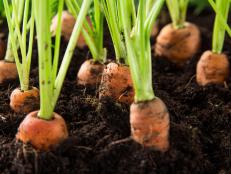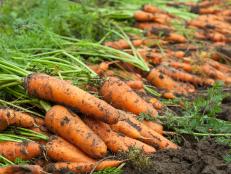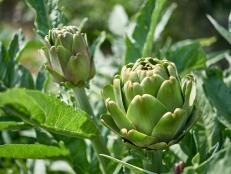9 Plants You Can Start From Kitchen Scraps
You can regrow kitchen scraps into vegetables with these handy tips from HGTV.


Many of us have had the experience of reaching into a bag of onions to find new growth as fresh green shoots have sprouted within. Plants love to grow and it’s easy to simply cut away the new sprouts and get on with dinner, but for the intrepid gardener, the new growth possible from vegetable scraps or an unexpected surplus of produce is an opportunity to get a jump on propagating new crops. Before relegating kitchen scraps to the compost pile, consider these anxious growers and repopulate a bountiful garden using parts of the vegetable usually left behind.
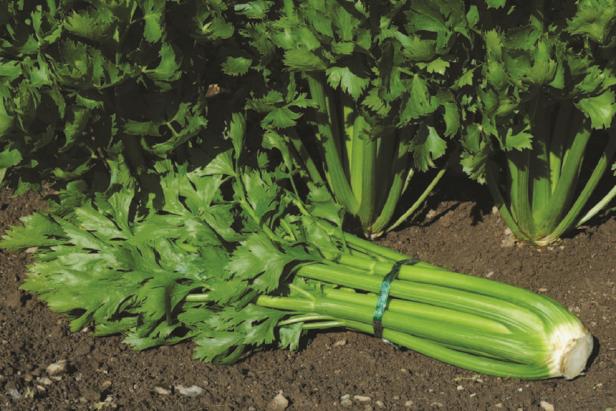
Johnny’s Selected Seeds
Celery
Cut celery stalks from the base as usual, but instead of tossing that base away, place it in a shallow cup of water on a sunny windowsill, leaving the top exposed. In a matter of days, you’ll notice fresh green growth emerging from the center. Change the water every couple of days and watch the plant flourish, even as outer stalks lose their color and fade. Once the new growth has established, transfer the growing celery into the garden or a pot of soil to continue its development.

Photography by John Black, Scripps Networks Interactive, Location Courtesy: Blackberry Farm
Green Onions
Use the white root normally discarded to effortlessly provide a steady and renewable source of green onions. Simply place the roots in a glass, leaving the cut end above water. Left on the kitchen windowsill, the green shoots will continue to grow. Change the water occasionally and an endless supply of this cooking staple is always at hand. This same method may be used to keep fresh leeks or fennel always within reach.
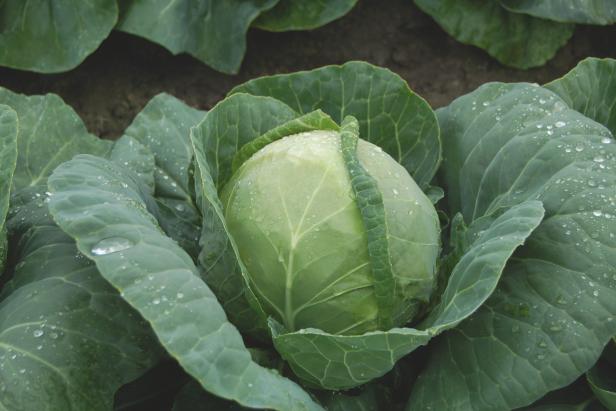
Bejo Seeds
Cabbage
Like celery, cabbage (as well as bok choy and romaine lettuce) can be regrown from the root base. Although cabbage can also be started in water, starting out in shallow soil is sometimes more effective. Make sure to keep the soil especially damp for the first week or two to encourage new growth.

Potatoes
A favorite grade-school project, the eyes of potatoes readily sprout new growth (sometimes even in the pantry). Cut potatoes into pieces and nurture the sprouts in water. Once new sprouts are established, plant in damp soil to grow your own potatoes.
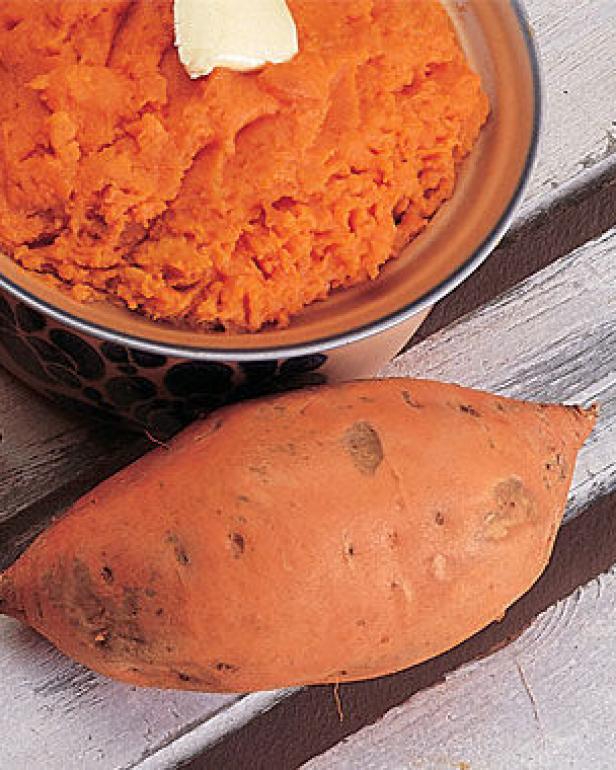
Sweet Potatoes
Sweet potatoes are also candidates for re-growing. Cut a couple of inches off the bottom of each potato, and insert some toothpicks. Again, put the potato, cut side down, in a jar of water, resting the toothpicks on the rim. Keep it in a bright spot and plant it in soil after roots form.

Cassidy Garcia
Avocados
That golf ball-sized pit is a giant seed ready to grow into your very own avocado tree. Press three toothpicks into the pit along its center and suspend it in a glass with water covering the bottom half. Change the water regularly and after a few weeks stems will form. Growing this tree is a little more challenging than some other kitchen scrap projects, but is worth the effort.
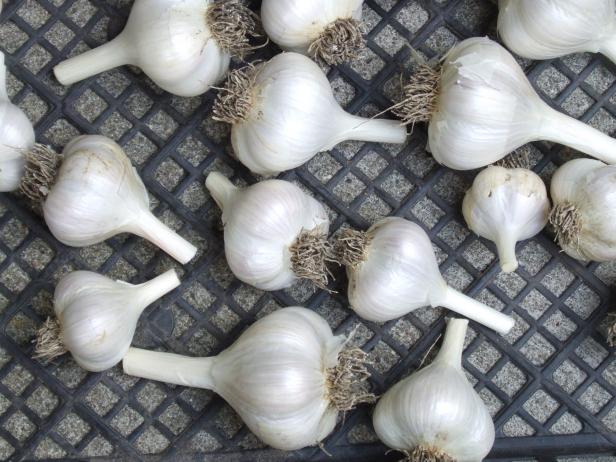
Photo by Julie Martens Forney
Garlic
Plant a clove of garlic in a pot of damp soil and place it in a sunny location. As the garlic scapes (stalks) grow, cut them back to divert the plants resources to developing that glorious root. Garlic scapes are a treat in their own right and the peppery stalks can be roasted or used in pesto.

2013, Image courtesy of Ben Rollins
Ginger
Ginger rhizomes (the “root” used for cooking) are easy growers inside the house, but take a little longer. Plant a piece of the rhizome in damp soil and place in a sunny room, but out of direct sunlight. Shoots will become evident fairly soon, but it will take several months before there has been enough growth to harvest. Once the ginger has developed sufficient growth, pull the plant from the soil for use. Don’t forget to cut off a piece to re-plant!

Shutterstock/Olga Bondarenko
Root Veggies
The green tops of beets, turnips and parsnips will also re-grow. Save about 1/2 inch of the root after you remove the greens. Put the root with the cut side up in a shallow saucer and give it a sunny spot.








